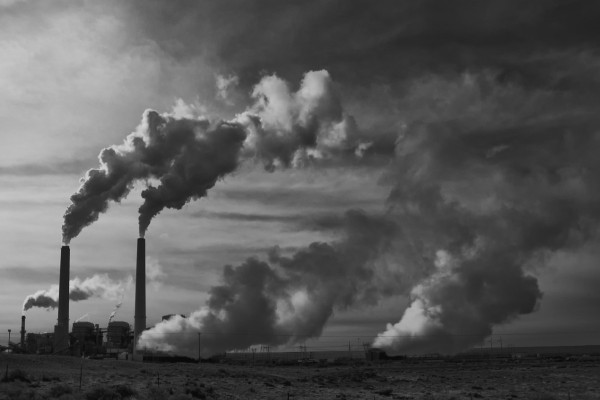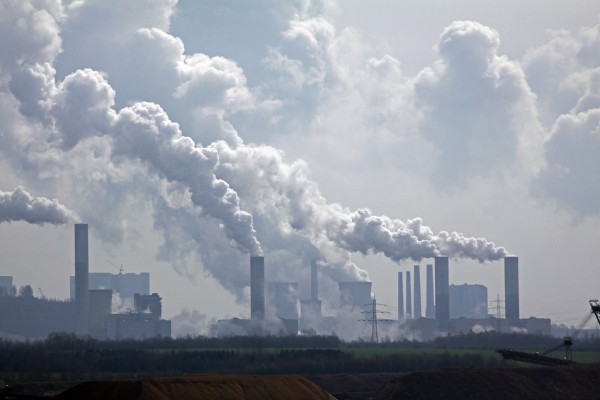Carbon prices: an opportunity for combining sane climate policy with social justice
It is time that we started systematically fighting for climate solutions that are socially just

In order to have a 50 percent chance of not exceeding the newly agreed (COP21) goal of a global 1.5 degrees Celsius temperature increase, humanity can only emit a further 300 gigatons of CO2. At current levels, this is only about ten years of emissions and only about 10 percent of the fossil fuel reserves claimed by the fossil fuel industry. Achieving this goal will mean arriving at zero emissions well before 2050 and it already appears to be a nearly insuperable task. Yet, according to mainstream economic theory, the required global decarbonisation is a relatively trivial matter: simply put the right price on carbon and then let the market do its magic. Presumably this would include (at the right price!) conjuring up perpetual motion machines. And all this will happen while leaving the political and economic system untouched.
Progressives rightly recognize that the necessary “energy transition” looks much more like a revolution, and will not result from mere tweaking. The shift must be much more than just technological. Consequently, although they generally acknowledge the need for a putting a price on carbon, progressive discourse has given the social aspects much higher priority.
Lack of interest in carbon prices may also be a consequence of the dearth of successful schemes to date. Consider the European Union’s cap and trade system whose main success is the enrichment of traders and speculators; it has yet to demonstrably reduce emissions. Or take the BC carbon tax that disproportionality hits working people while allowing emissions to continue to rise. A more interesting case is the Quebec-California cap and trade system which—assuming it works—will cut overall CO2 emissions in the (market guaranteed) cheapest way: by reducing them in California. Quebecers will be able to take pride in the fact that by financing a greener California, their own emissions can merrily continue to grow. This greenwashing allowed Premier Couillard to successfully parade at the COP21 meeting with Al Gore touting his “fantastic leadership in the world community, in humanity’s efforts to solve the climate crisis.”
Yet carbon pricing presents progressives with a significant opportunity for combining social justice with climate action. The potential is evident from the fact that the upper 20 percent of the population has a four to five times larger carbon footprint than the lower 20 percent (US statistics): it is therefore quite possible to simultaneously put a price on carbon while simultaneously redistributing income from rich to poor.
There are several ways that this can be done, one distinction being whether one directly controls the level of emissions or the price of carbon. In the former case, the level is fixed and the price is allowed to vary, while in the latter, the price is fixed but the level of emissions is not. The latter is illustrated by James Hansen’s “fee and dividend” proposal where carbon is taxed at a fixed price at the point of entry into the country or at the point of production. The funds go into a non-profit, nongovernmental fund that redistributes the full amount to the entire adult population (minors get a one half share). Although companies would pass on the price hike to consumers, calculations show that in the US, a family of four could get $8,000 per year of revenue and that for 60 percent of the population, this would more than offset increased costs while encouraging both industry and individuals to consume less carbon. While Hansen’s proposal is “revenue neutral” with a flat redistribution of the whole amount, this aspect was chosen for political expediency and is not necessary: some of the funds could instead go into a Green fund that could help develop Green technology, while the lower income groups could get a higher than average rebate. An analogous “cap and dividend” scheme called “The Healthy Climate and Family Security Act” is currently being promoted in the US congress.
While the optimum formula for Canada—cap, fee or some hybrid combination—may not yet be clear, it is time that we started systematically fighting for climate solutions that are socially just. If measures are taken so that the majority of Canadians experience an overall improvement in their standard of living—while simultaneously being economically pushed towards lower carbon consumption—then there would be real pressure to boost the price of carbon even further and to get on with the transition. Time is running out.
Shaun Lovejoy is a professor in the Physics Department at McGill University.










